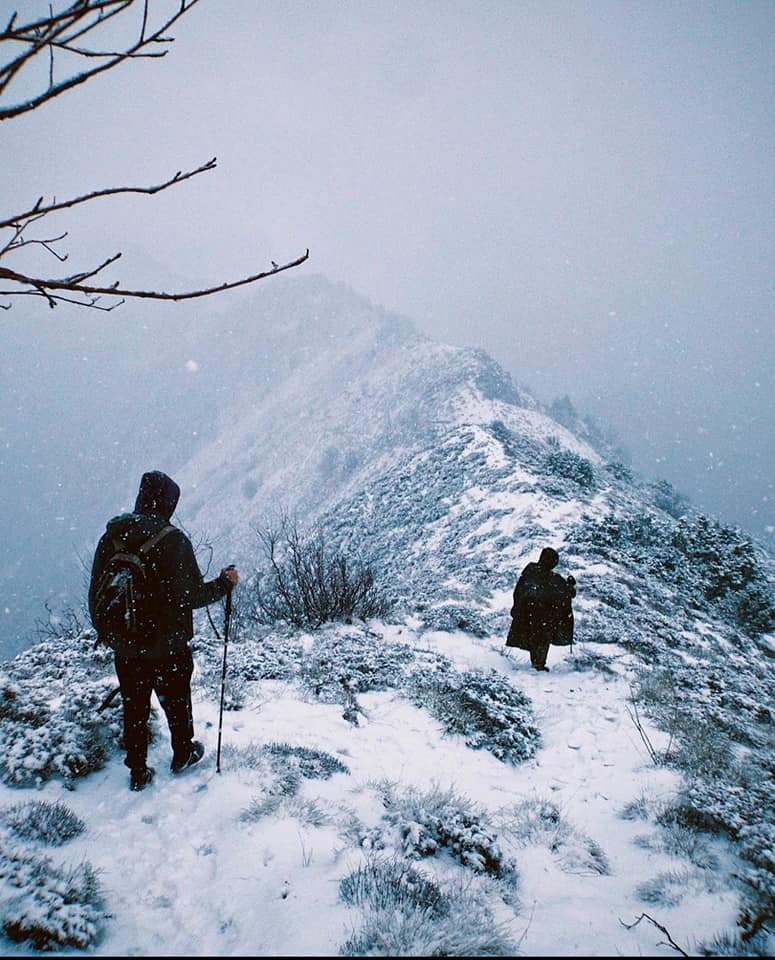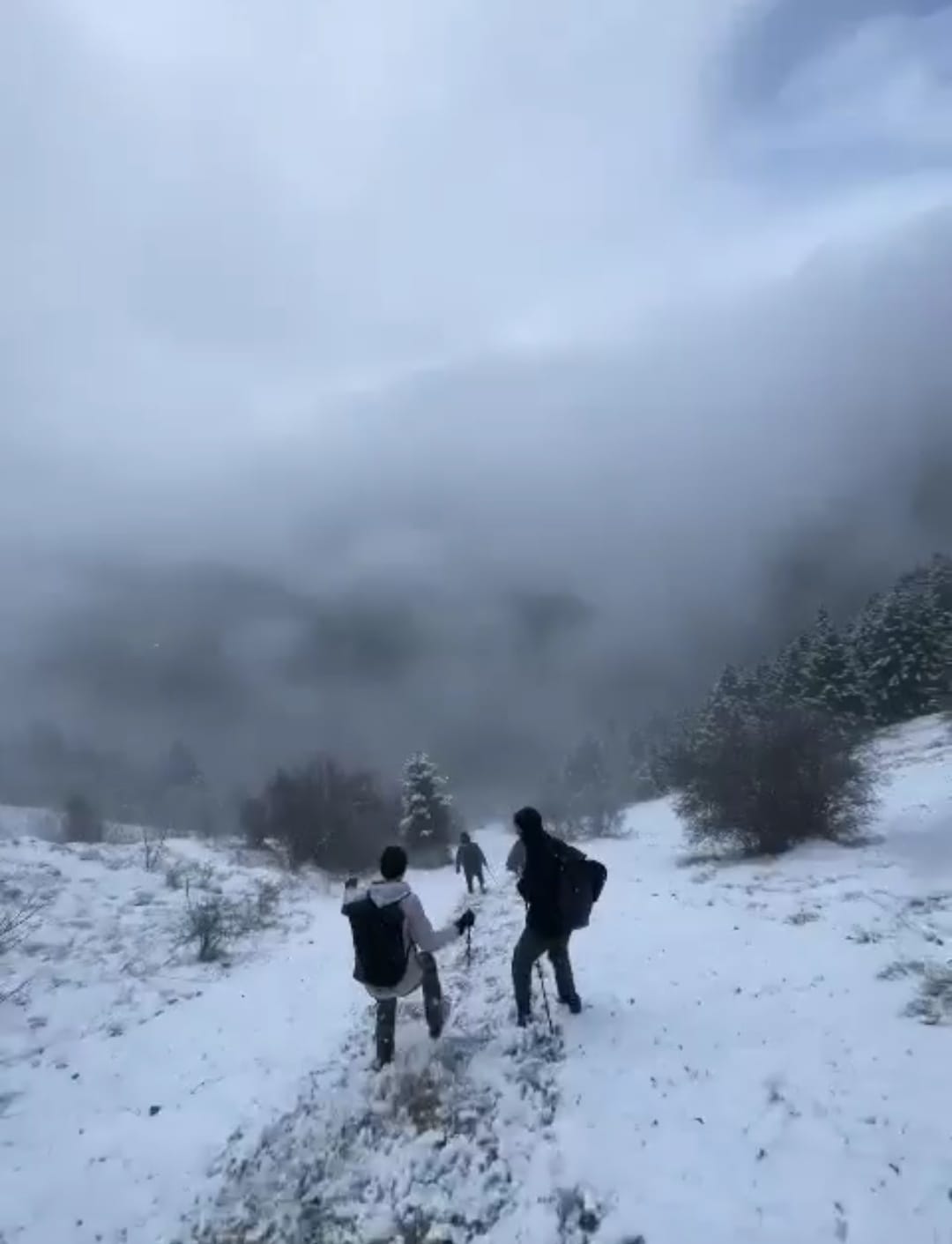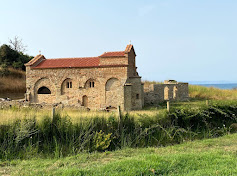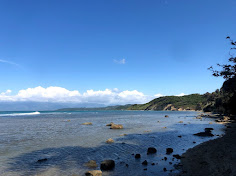If you’ve done any kind of mountaineering, or even hiking above tree line, you know that inclement weather can roll in pretty quick. In fact, bad weather is less the exception in the mountains and more the rule. While it’s still important to check your forecasts, do your research, and plan accordingly, there’s always a chance you’ll be at elevation when the temperature drops, so here are 5 tips to stay warm in the mountains.
1: Layers, Layers, Layers
Staying warm in the mountains starts before you leave the house when choosing what to wear on your climb. We talk a lot about layering here at Nemercka Mountain and have actually written a whole guide on it. Layering is essentially choosing the right upper and lower clothing pieces that complement each other, allowing you to manage your body temp, insulate you from the cold, and protect yourself against rain, wind, and snow.
2: Keep It Movin’
It’s no secret that movement will get your blood flowing and warm you up, but it’s worth emphasizing that finding the optimal level of movement is key to avoiding a freezing experience in the mountains. I say optimal level because climbing as hard as you can to keep your body temp up is not the right move. Not only will you exhaust yourself more quickly and end up needing to stop moving to recover (not ideal in freezing temps), but you’ll also start sweating buckets, which can be extremely dangerous if you wet out your base layer. Once that sweat cools, you’ll essentially be wearing a wet towel right next to your skin, which will cool you down real fast.
Find a comfortable pace and stick to it, taking 10-15 minute breaks once every hour or so. Whenever you stop moving, put on your most insulating layer, even if you’re hot at the moment; this will preserve the body temp you’ve achieved by climbing and prevent your sweat from cooling.
3: Focus On Your Extremities
When you think of a cold person, what are they doing? Stomping their feet and waving or clapping their hands right? Well, there’s a reason for that! Because our bodies are pretty good at temperature regulation, the capillaries in our fingers and toes constrict when we’re cold, allowing more blood to be directed toward our vital organs. While it’s cool that our bodies can do this on their own, it does not make having cold hands and feet any easier to deal with.
To avoid cold fingers, we recommend you keep a 3-layer glove system in your pack at all times - lightweight gloves for warm conditions, midweight gloves for cold temps, and expedition gloves or mitts for those truly freezing summit attempts. The guides at our partner company RMI Expeditions have used this system for years, and it’s worked pretty well for them so far. Make sure your gloves fit well and aren’t too tight, as that can further restrict blood flow.
For your toes, the most important thing is to make sure your boots fit well before your climb. During your climb, make sure to bring an extra pair of socks, especially if it’s a multi-day trip. Putting cold, wet socks back into your boots in the morning is a surefire way to make your climb miserable. While you’re on the move, try doing little “toe scrunches” inside your boots with each step. Finally, if you know you’re prone to cold toes, consider buying an over boot to go over your general mountaineering boots.
4: Fuel Your Inner Fire
Fueling yourself with calories is even more important during cold climbs than mild ones. Your body will be working extra hard to keep its temperature regulated while you’re trucking up the mountain, so it's important to fuel it with foods that will keep you going. Foods that are high in calories, healthy fats, proteins, and carbohydrates are best to fight the cold, and some of those foods can actually help heat your body from the inside out! Thermogenesis is when your digestive system produces heat from the food metabolization process, and the longer it takes for food to digest, the more heat is produced through thermogenesis. Complex carbohydrates, natural fats, and bananas are great options to warm you from within.
5: Drink Up
Ok, this one might seem kind of obvious, but hot liquids will keep you warm. Actually, staying hydrated in general is a great way to keep your body temp regulated. Dehydration can lead to lower blood levels, which affects circulation and means your body may start losing heat more quickly than it can be produced.
When it comes to warm drinks, you really can’t go wrong. Coffee is great for a bit of stimulation (as long as you know when you’ve had enough), hot chocolate can be a good source of sugar (and fat, just add a half stick of butter), and ginger tea is great for jumpstarting that thermogenesis process we talked about earlier. Or, if none of those float your boat, some good old hot water will do the trick too. Despite what you’ve seen in the movies, you should stay away from alcohol; it may make you feel a little warmer but in reality, it can lead to decreased body temps, and impair your judgment.
There ya have it, a few tips to help you stay warm while mountaineering! These tips are great for the cold conditions you’re bound to experience when mountaineering, but are not intended as emergency procedures in case of cold-related injury.









































